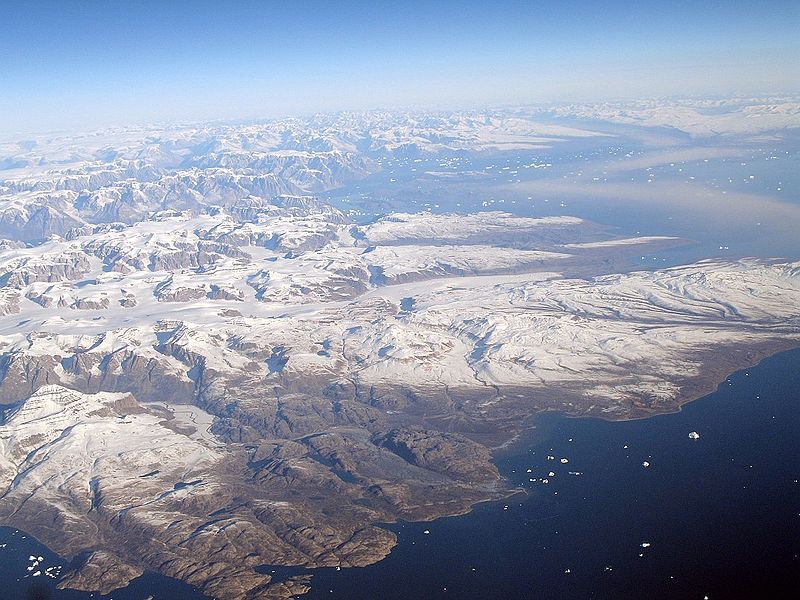Story of Greenland’s ice emerges
A new discovery of 80 year old photo plates in Demark has provided insight into the melting of Greenland’s glaciers.

A new discovery of 80 year old photo plates in Demark has provided insight into the melting of Greenland’s glaciers. The pictures were from Knud Rasmussen’s expedition to Greenland in the 1930’s and have been stored at the National Survey and Cadastre of Denmark, who are responsible for surveys and mapping.
Researchers have now analysed the ice loss in the region, comparing the photos to other resources from World War Two until the present day. The results of the analysis showed a cooling period in the mid 20th century followed by accelerating warming afterwards.
Jason Box, who worked on the project at Ohio States University says, "Because of this study, we now have a detailed historical analogue for more recent glacier loss and we've confirmed that glaciers are very sensitive indicators of climate."
Knud Rasmussen was a famous Danish explorer, famous for a number of expeditions to Greenland and perhaps most famous for being the first man to cross Arctic America (and the Northwest Passage) with dogs. He conducted six expeditions to map and explore Greenland, and the sixth expedition, from which the photos originate, was his last. He died in 1933.
The discovery of the photos is important, because there are few surviving images of Greenland glaciers prior to the appearance of satellite imagery. The plates for the images were stored and largely forgotten because they were produced for the purpose of mapping, and once the maps were produced, there was little value in them.
Perhaps the most interesting finding of the study is the localised cooling of Greenland from the 40s to the 70s. This was not a global trend, but was likely due to sulphur pollution during the period. After the Clean Air Act of 1963, the warming trend resumed, as industry emitted less sulphur. This period allows researchers to see how the ice responds to changing climate and indeed, the glaciers responded more rapidly to the cooling during this period than first suspected. This suggests that a short cooling period could help stabilise current glacier retreat.
In other research on Greenland, scientists at the GFZ German Research Centre have found that the last 10 years of melting were considerably greater than any period in the last 50 years. The ice loss is contributing 0.7mm per year to sea level rise, which in total is around 3mm per year.
It also reveals an interesting picture of where and how the ice was disappearing. Mass loss was largest in the west of Greenland, with a mix of melting, iceberg calving and fluctuations in snow accumulation responsible, but varying considerably over the entire region. The study has revealed in extensive detail how the region has changed and what has contributed to that change.
